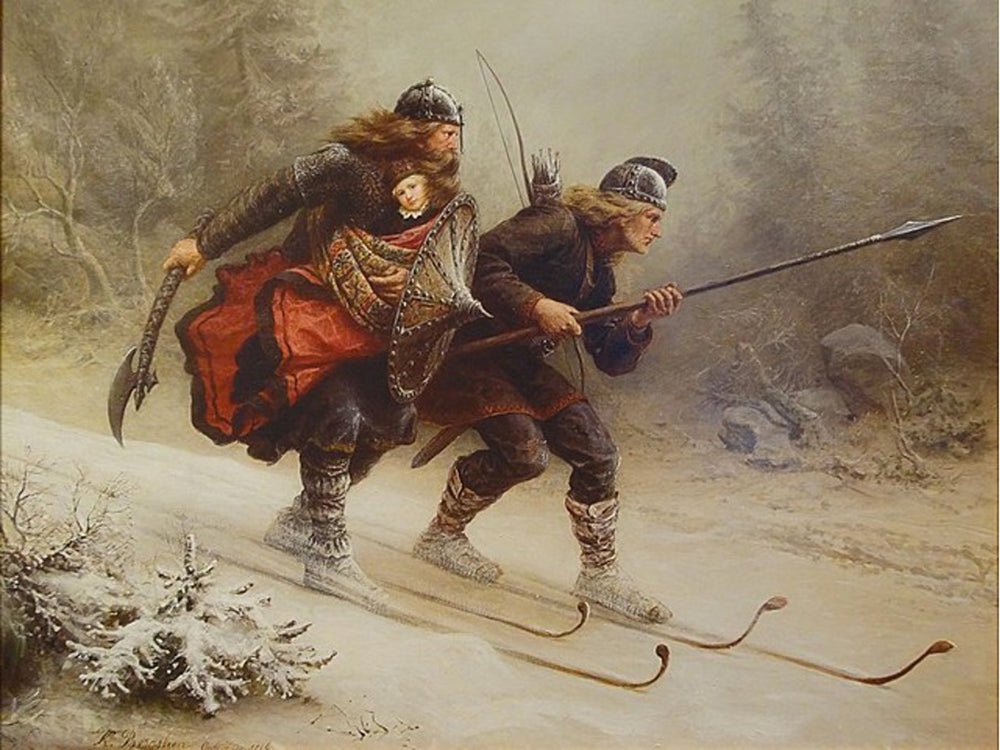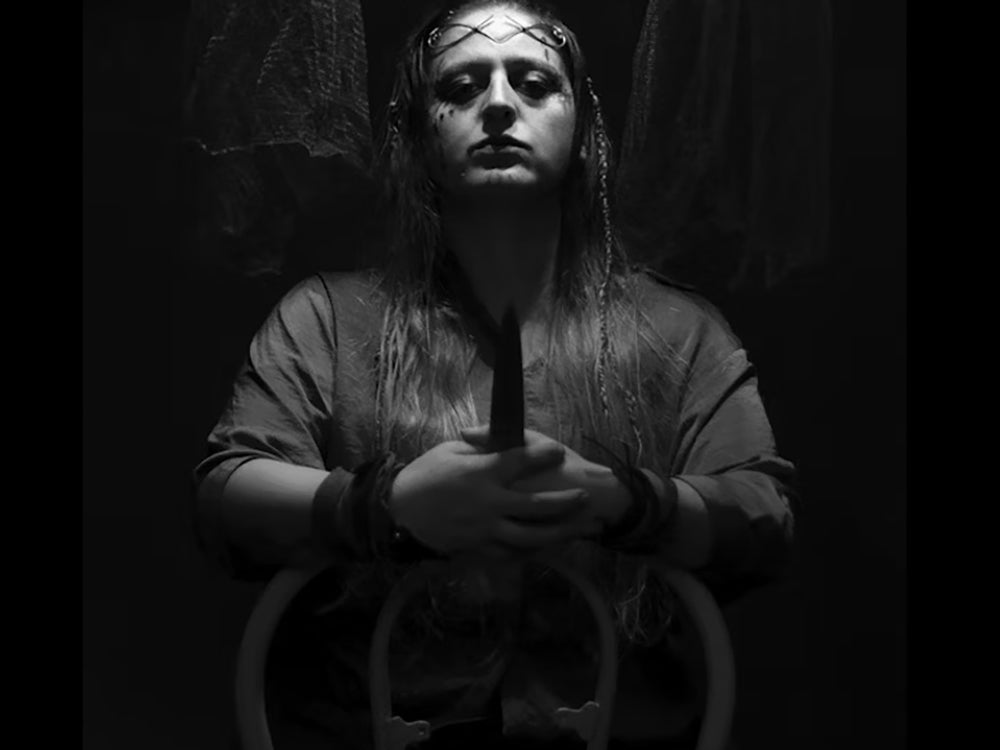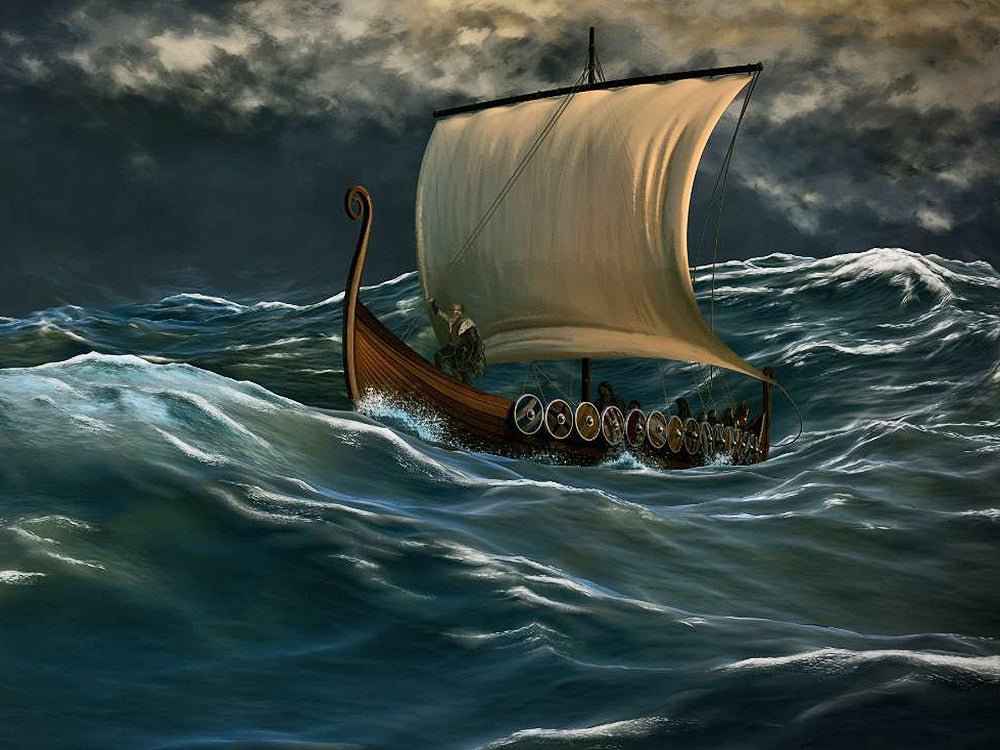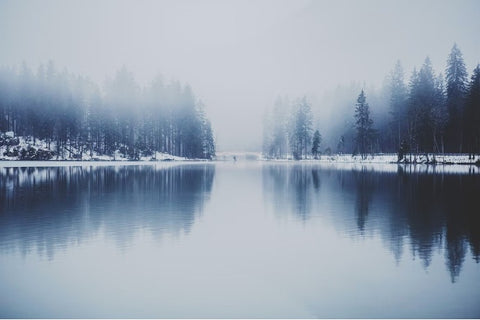
Living in Scandinavia and settling in some of the coldest habitable regions on Earth, the Vikings were masters at overcoming long, dark winters. But without electricity or central heating, how did the Vikings not only survive, but thrive, through the cold months?
Life in the Viking-age was controlled by the passage of the seasons, with the time of year deciding what you ate, what work there was to be done and how you spent your leisure time. Though farming and raiding were on hold during the winter, the colder months were still incredibly busy for the Vikings. With food harder to come by and plenty to prepare for a successful agricultural season, there was a great deal to occupy the average Norseman or woman before the arrival of Spring.
Keeping Warm
Getting through a Scandinavian winter (let alone a winter in Iceland or Greenland) requires a solid strategy to keep warm. This came as second nature to the Vikings: everything from clothing to architecture was designed to keep the cold at bay.
Clothes for men and women were both largely made from wool and linen, which they could produce themselves by keeping sheep and growing flax seeds. Men would typically wear a tunic tied with a belt over long trousers, while women’s wardrobes considered apron-style dresses, fastened with brooches at the shoulders and worn over leggings if the weather necessitated. During the winter, both genders would wear long overcoats made from either wool or leather. Clothes-making was a Viking woman’s primary job, taking up a significant amount of her time year-round. Women were responsible for weaving thread and yarn, making fabrics, sewing them into clothes and then repairing garments if they got torn.
Without central heating, the design of Viking homes was also based around keeping their inhabitants warm indoors. The long-house was a single room laid out around a central hearth, with a hole in the roof to allow smoke to escape. Despite the hole, the curved shape of a long-house ceiling channelled heat back downwards, warming the home evenly.
The hearth was not just for warmth, but also for cooking. During the winter, Vikings had little access to fresh fruit and vegetables, making them more reliant than ever on hunting and fishing. Smoked, cured or salted meat, preserved earlier in the year, was also a staple during this time, meaning that winter diets were high in fat and protein. This was a time of hearty soups and stews - excellent for keeping bodies and spirits warm.
Keeping busy

Even with no crops to tend or voyages to set sail on, the winter offered its own crucial work to keep Viking hands busy. There was still plenty to do on the farm, from tending to livestock to preparing tools for sowing season. This was also a prime opportunity for small jobs that might be left to the wayside during busier seasons. Replacing a worn-down rope or repairing a fence might not be a priority during the harvest, but winter offered plenty of time to see to these small tasks.
Hunting and fishing were also vital tasks in a Viking’s winter schedule. Without produce growing on the farm or wild fruits and nuts to collect in the forests, Norsemen and women relied on meat to sustain them through the cold months. Vikings hunted a wide range of wild game, from reindeer to rabbits. Animals were not only valuable for their meat, but also for their skin. Fur and leather could be used to bulk up the family’s seasonal wardrobe, or else fetch a fine price in a Middle Eastern market when the summer trading season arrived.
Despite the heightened importance of hunting during the winter, the thick Scandinavian snow could make successfully bringing home a meal all the more difficult. It’s more difficult to penetrate a forest in the snow, and prey animals have excellent hearing to detect a crunching footstep. Though today we might think of skiing as little more than an expensive mountain sport, skis were vital to the Vikings’ success when it came to moving and hunting during winter. Skis move stealthily through the snow, making it easier to sneak up on unsuspecting prey and travel long distances without dropping from fatigue. Skiing was such an important skill for a master huntsman that Ullr, the Norse god of hunting and archery, is equally known as a divinely gifted skier.
Keeping Merry
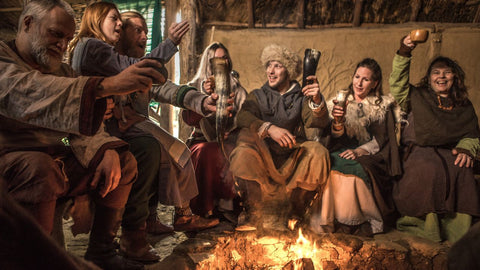
Anyone can survive the winter so long as they're warm and fed, but Vikings were masters of thriving during the cold season. We all know about the Norse celebration of Yule: a midwinter festival calling for lights, feasting and merriment during the darkest part of the year. Anyone who celebrates Christmas in the modern-day will understand the importance of a beloved celebration to keep spirits high when cold days and long nights reign supreme.
But Viking winter culture was more than just Yule, bringing with it a slew of seasonal leisure activities to enjoy the cold. As well as storytelling, music and board games which helped while away the hours indoors, Vikings loved to ice-skate on frozen rivers and lakes. Ice skates are one of the most common archaeological finds from the Viking-era across Scandinavia and Britain. The blades were made of animal bone, and were tied to regular shoes with leather straps.
Ice skating wasn’t the only seemingly modern pastime that kept Nordic spirits up during the winter. There is also some evidence that the Vikings enjoyed snowball fights, and even used them to teach children military tactics. Kids were encouraged to build snow forts, which they had to defend from an onslaught of snowballs from their peers. This is attested in ‘The History of the Nordic Peoples’ by the 16th-century Bishop of Uppsala Olaus Magnus.

